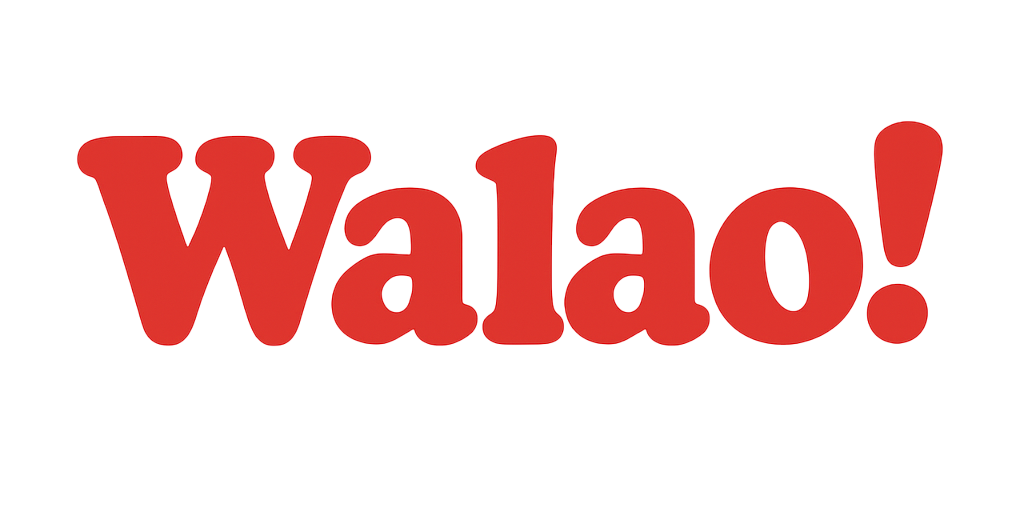In recent months, the global financial landscape has undergone significant shifts, largely driven by U.S. President Donald Trump’s controversial tariff policies. The imposition of steep tariffs, particularly a 25% levy on steel and aluminum and additional fees on numerous Chinese imports, has sparked intense trade tensions, leading to increased market volatility. As a result, many investors are seeking safety in gold, leading to a remarkable surge in its prices and a renewed interest in gold mining stocks.
Gold, long regarded as a safe-haven asset, has seen its value skyrocket, surpassing an unprecedented $2,900 per ounce. This surge is largely attributed to the growing anxiety surrounding ongoing trade wars and geopolitical instability. Investors are increasingly using gold as a hedge against the economic uncertainties stemming from Trump’s trade policies, which have not only disrupted currency markets but also raised concerns about inflation. As the fear of a potential economic downturn looms, major financial institutions such as Goldman Sachs and Citigroup have forecasted that gold prices could reach as high as $3,000 an ounce by the end of the year.
The impact of Trump’s tariff announcements has been felt across various sectors, particularly in the stock market. Historical data reveals a pattern: the S&P 500 tends to decline on days when new tariff measures are introduced. This decline is often linked to the strengthening U.S. dollar, which adversely affects companies reliant on international revenues. Additionally, the anticipated rise in bond yields further diminishes the appeal of equities, driving investors toward more stable investments like gold.
The rush to gold has also stimulated interest in gold mining companies. Firms such as Barrick Gold Corporation and Kinross Gold Corporation are reaping the benefits of heightened gold prices. Analysts predict significant earnings growth and increased profit margins for these companies as they capitalize on the favorable market conditions. Barrick Gold, for instance, has been strategically positioning itself through joint ventures, such as its collaboration with Newmont in Nevada, which is expected to enhance its operational efficiency and profitability. Similarly, Kinross Gold’s ambitious expansion projects promise a solid growth trajectory, allowing the company to thrive amidst the current market dynamics.
The phenomenon of investors flocking to gold highlights the intricate interconnections within global markets. Decisions made in one region, such as the U.S. imposing tariffs, can have ripple effects that influence commodities, equities, and currencies worldwide. As investors navigate these turbulent waters, the demand for gold, along with its perceived stability, underscores its continuing relevance as a safe-haven asset.
Moreover, the escalating trade tensions are not merely a concern for U.S. markets; they have global ramifications. Countries that rely heavily on exports to the U.S. may face economic slowdowns as tariffs increase their cost of doing business. This could lead to a broader economic impact, influencing everything from employment rates to consumer spending patterns in various nations. As such, investors and policymakers around the world are closely monitoring the situation, bracing for the potential fallout from these trade policies.
In conclusion, President Trump’s tariff bombshell has ignited a gold rush as investors seek refuge in safe-haven assets amidst rising economic and geopolitical uncertainties. With gold prices reaching historic highs and gold mining stocks enjoying a boost, the implications of these tariffs extend far beyond commodities, affecting global markets and investor sentiment. As the situation continues to evolve, the focus remains on how these policies will shape the economic landscape, prompting investors to remain vigilant and adaptive in the face of ongoing volatility. The quest for safety in an unpredictable environment is driving many to gold, reinforcing its status as a crucial asset in times of uncertainty.





